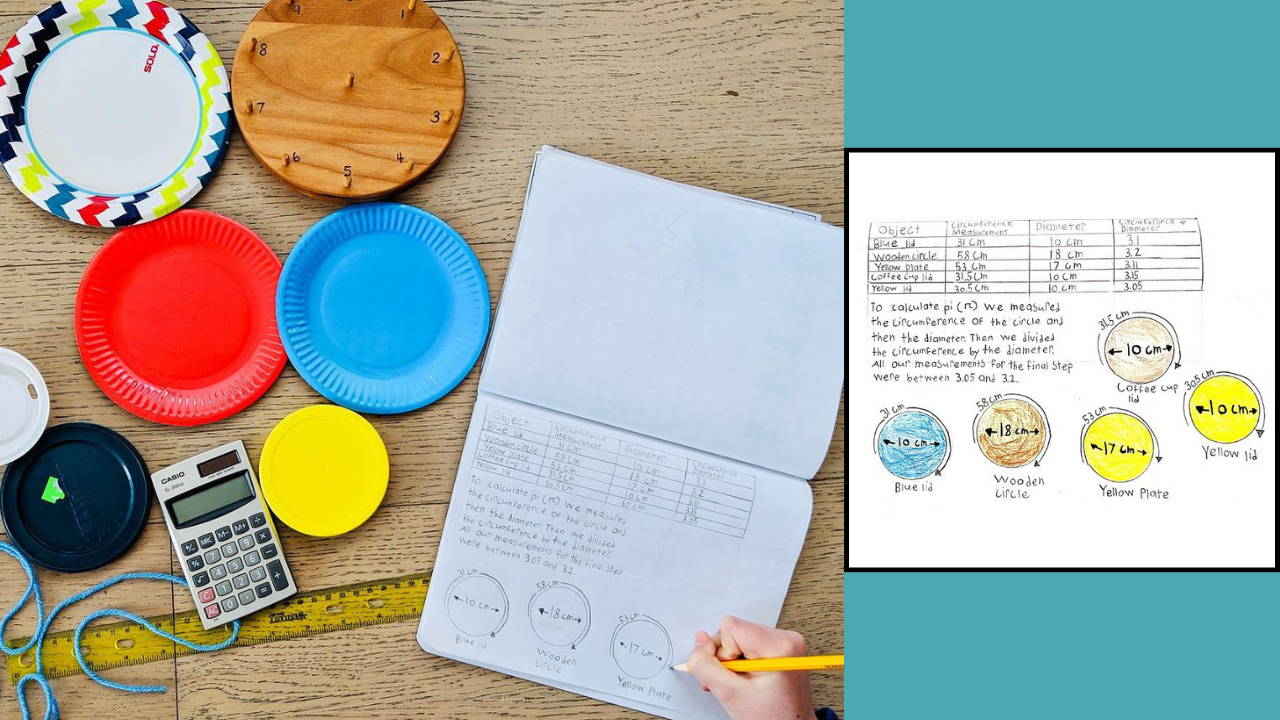Mathometry Musings
Think back to when you first learned about shapes. You probably memorized names like "circle," "square," and "triangle," right? While recognizing and naming shapes is important, true geometric understanding goes far beyond simple memorization. According to the National Council of Teachers of Mathema...
In many classrooms, math fluency is often equated with speed. Timed drills and classroom games requiring rapid-fire calculations like “Around the World” create unnecessary anxiety and fail to develop true mathematical thinking. Students benefit more from math games that emphasize mental reasoning an...
Every year on March 14th, math enthusiasts around the world celebrate Pi Day - a fun and educational tribute to the mathematical constant π (pi). But why all the excitement over a never-ending number?
What is Pi?
Pi (π) is the ratio of a circle’s circumference to its diameter, approximately 3.1...
When used well a math word wall can be a powerful tool that develops math vocabulary, promotes independence, and supports reading and writing in mathematics. Similarly, providing students with a personal math vocabulary book ensures that they have access to the language they need to further develop ...
Counting books are the perfect way to introduce early math concepts while engaging children's imaginations and expanding vocabulary skills. Below are 10 of our favorites that capture the attention of young children while helping them to incidentally develop skills in counting forwards and backwards....
When a child can remember and recite numbers in the correct order they are rote counting. This can be as simple as counting "1, 2, 3, ..." or sequences such as counting on the decade from 10 to 100. When rote counting, children aren't "counting" objects, they are simply saying the number names in th...







